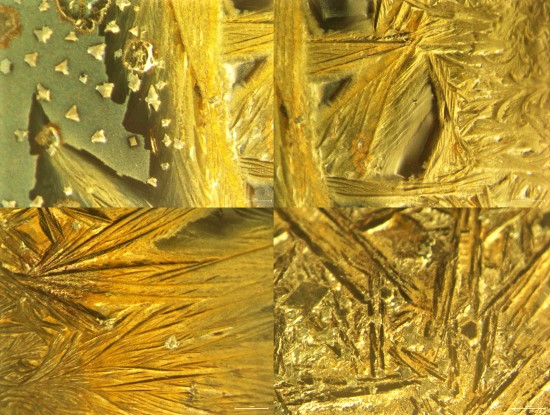Why Study Programming and Nano-Tech in Russia?
The doors to new friends, research collaborations, hi-tech and job opportunities: where to start with? Ever thought of studying neural networks, nanotechnology and programming? Why not try PSU?
According to https://www.payscale.com/ the average software developer salary in Russia is RUB 1,294,904 ($17,500) per year. In the global scale, the knowledge of programming plus competencies in nano-tech and neuroscience increases this figure several times, hence the demand for education in that field. Which is quite affordable here in central Russia, as well.
Recently, the students of the Faculty of Mechanics and Mathematics, PSU won prizes at the RuCode 4.0I international educational festival. Festival participants Vasily Chelpanov, Nikita Ponkin and Vladislav Smirnov won the artificial intelligence competitions.

The RuCode 4.0 IV All-Russian Educational Festival Finals in artificial intelligence and algorithmic programming were held on 20-21 November. In total, 5540 people from 82 regions of Russia and 39 countries took part. The Perm krai has entered Top 5 five active participants, taking the 4th place in terms of the number of Festival participants – 118 people.
PSU contestants took first and third places in the track by the School of Deep Learning at Moscow Institute of Physics and Technology (MIPT) and second in the track from Research Data Infrastructure, as well as prizes in the algorithmic programming championship.
“The championship allowed us to test our knowledge and skills in the field of machine learning. In one of the tasks, we had to experiment with architecture of neural networks, stepping in some kind of research. It was fun to see the solutions of the top participants on all tracks, and learn something new,”
says Nikita Ponkin, student of the Applied Mathematics and Computer Science Module, PSU.
The RuCode Festival is known as an international intensive training for young programmers who want to improve their knowledge and gain experience through competitions. The IT Network University and Perm State University assisted to the event in the Perm territory.


